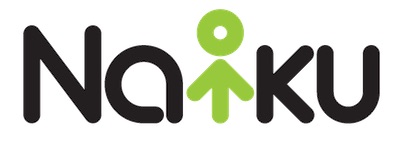Seven years ago, I was introduced to the educational technology market by PLATO Learning, where I worked at various levels of management in the Product Development department. PLATO Learning creates innovative, computer-based curriculum across a wide array of subjects and has been doing so for over 40 years. During my time there, we would have speakers come in during our annual company meetings to provide a perspective on a number of subjects, from the current “state of education” to technology’s place in education.
Towards the end of the speeches, there would always be someone who had used our curriculum products. Sometimes this was a teacher, superintendent, principal or sometimes a student. We all know that some students for one reason or another, do not perform up to their abilities. They fall through the cracks, don’t think anyone cares, and become at-risk for dropping out.
The first time one of the students told the story about how educational technology had affected their lives was a life-changing event for me. The student spoke about how some years back they were failing a class or two, becoming discouraged and depressed, started skipping, felt ignored and were ready to drop-out. Then they started using software and found out that they could be successful, started feeling hope, that they felt a connection, and that they could be successful. This is generally when the student and the banquet hall would break down in tears.
While this was always a powerful demonstration of the software itself, I believed that teachers were the best way to connect with students. It always seemed to me that the inflection point for the student was when he or she felt re-connected with the school. Over the past ten years however, many new demands have been placed on teachers and administrators (state standards, high-stakes testing and No Child Left Behind accountability to name a few). Because of this, building that connection between teacher and student has become difficult. With the right tools however, the above demands can be met, even while building exceedingly strong connections with students.
I founded Naiku with Adisack and Kevin because I believe that technology has only started to impact our education system. Our mission is to change education through technology. The internet, web, wi-fi, 3G, and mobile devices are our building blocks, and by keeping teachers and students connected, some day, at our annual conference, after rallying the employees, the next speaker will start talking about how Naiku changed their life…
Corey Thompson
CEO
Naiku, Inc.

